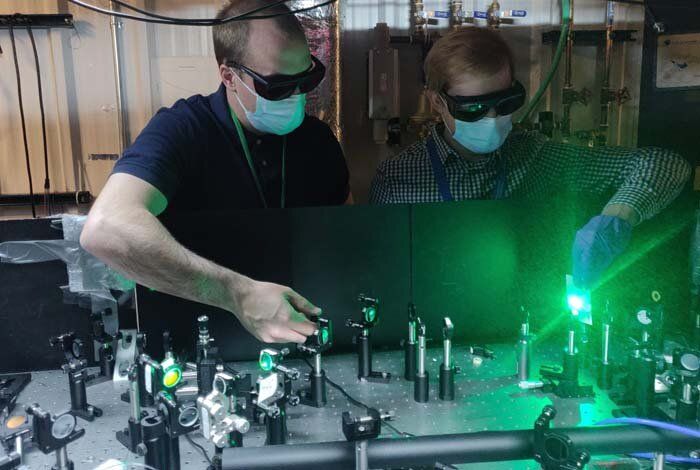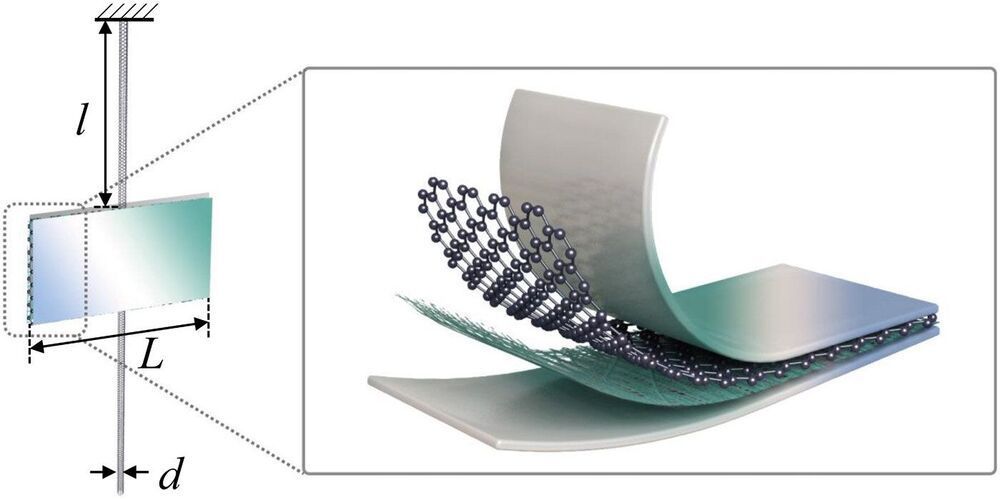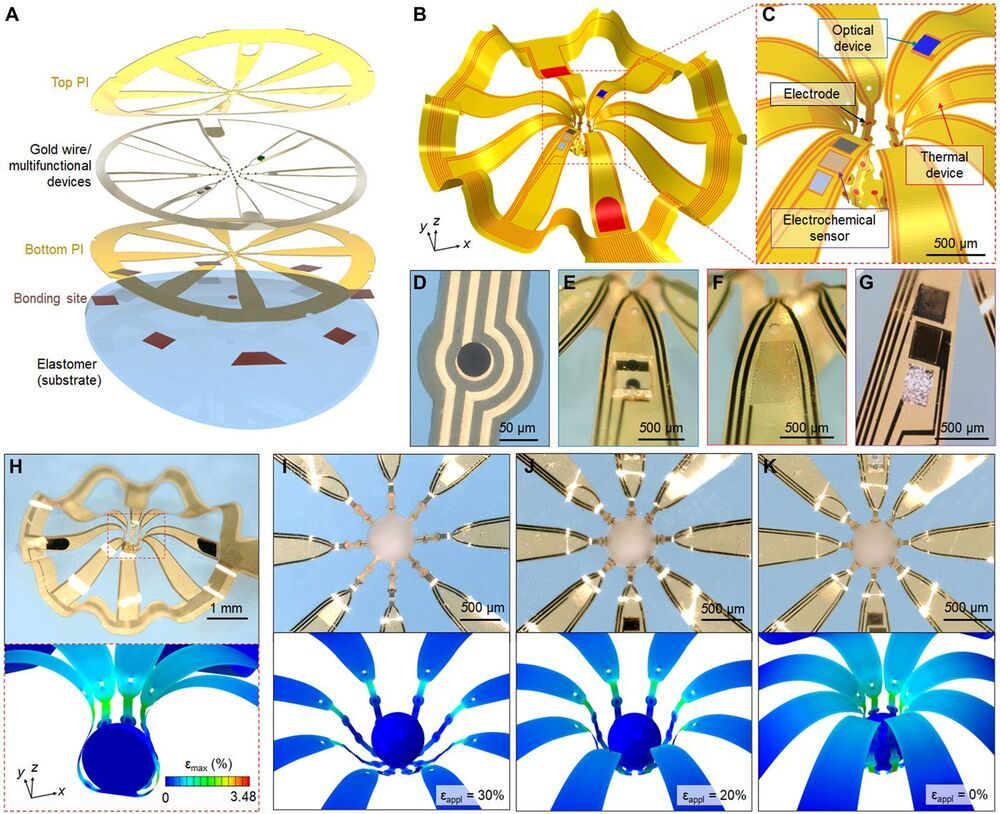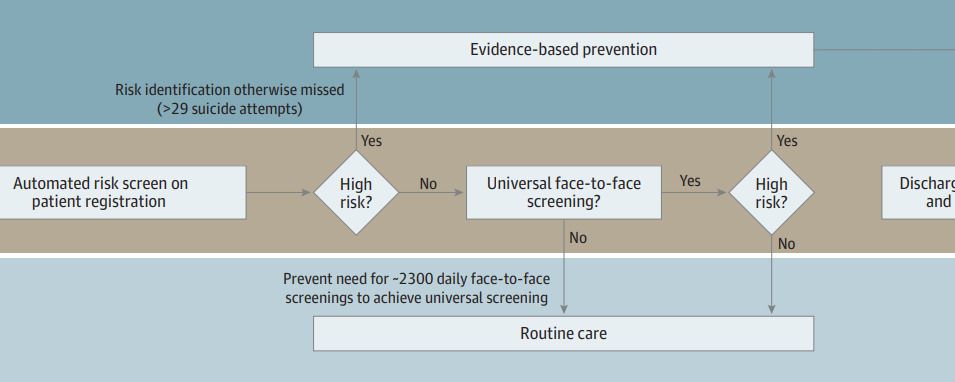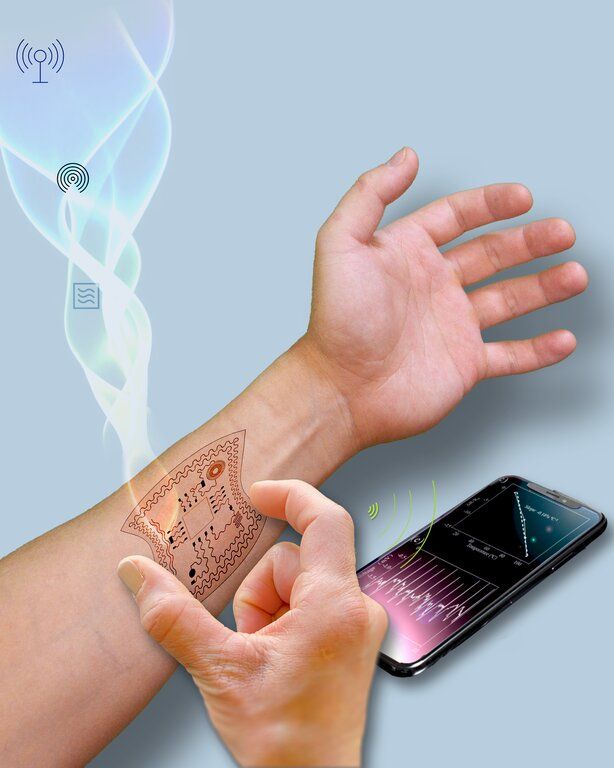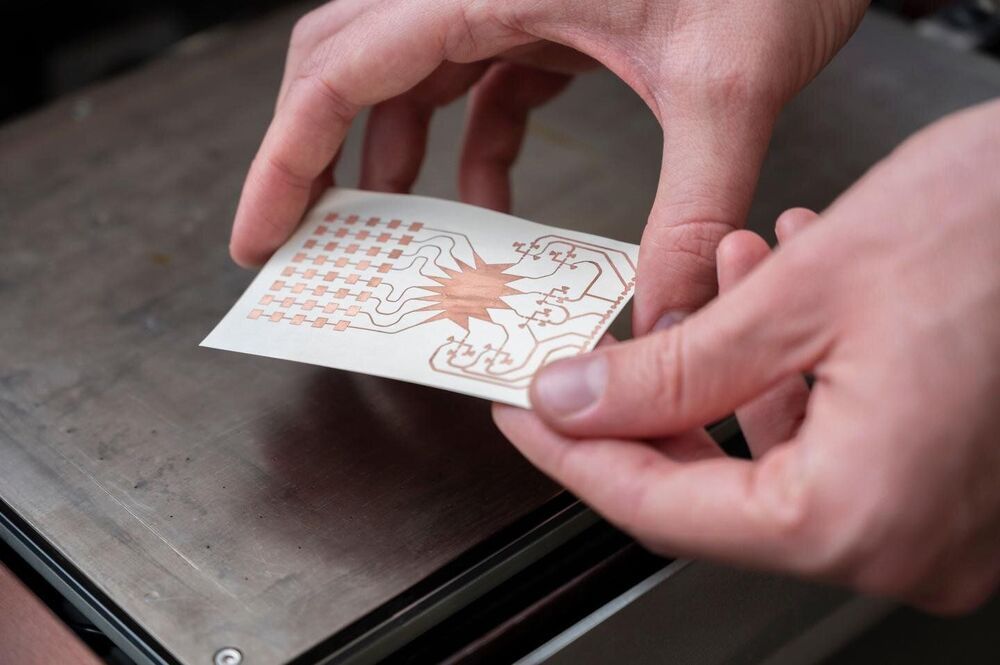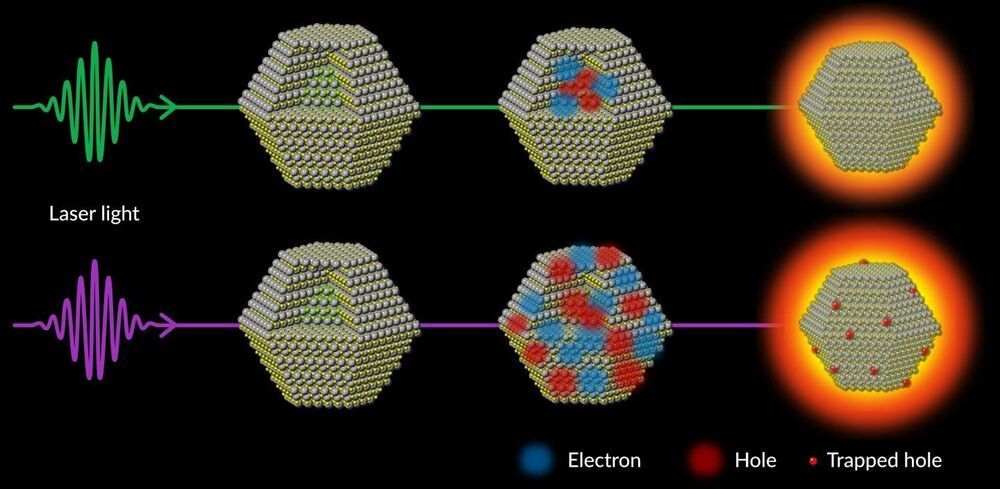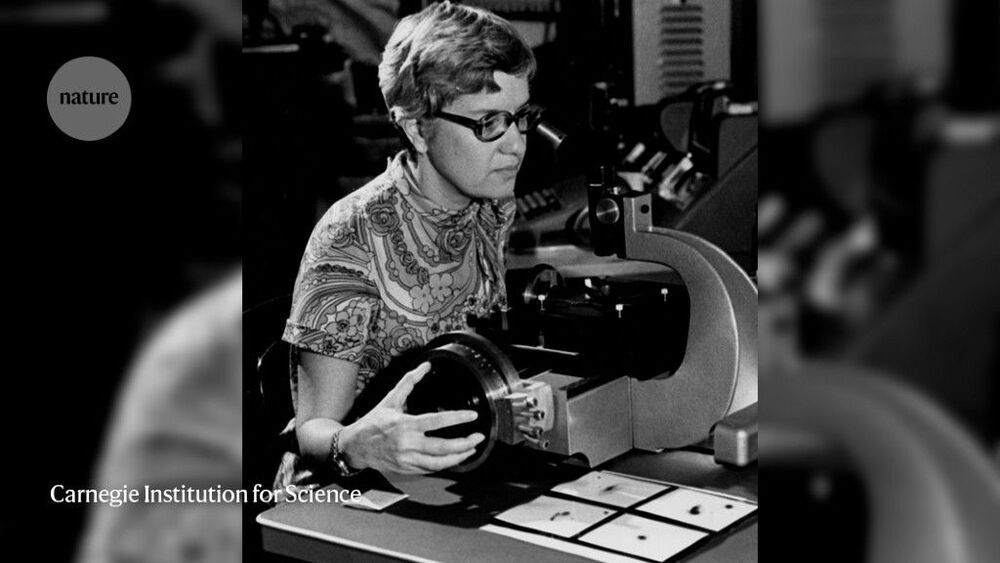Mar 26, 2021
A simple way to turn 2D drawings into 3D objects
Posted by Saúl Morales Rodriguéz in category: futurism
A team of researchers affiliated with several institutions in South Korea has developed a simple method for converting 2D drawings to 3D objects. In their paper published in the journal Science Advances, the group describes their technique and possible uses for it.
Over the past several decades, 3D printing has become a popular way to create three-dimensional objects in a relatively simple manner. Such printing allows for on-demand supply of simple products. In this new effort, the researchers have developed another way to create 3D objects without the need for a printer.
The technique involves hand-drawing (or conventionally printing) a 2D image on an object using a special pen with special ink and then submerging the object in a tub of water. When the object is pulled from the water, the ink has been partly removed from the object and has formed into a 3D representation of the original image.

